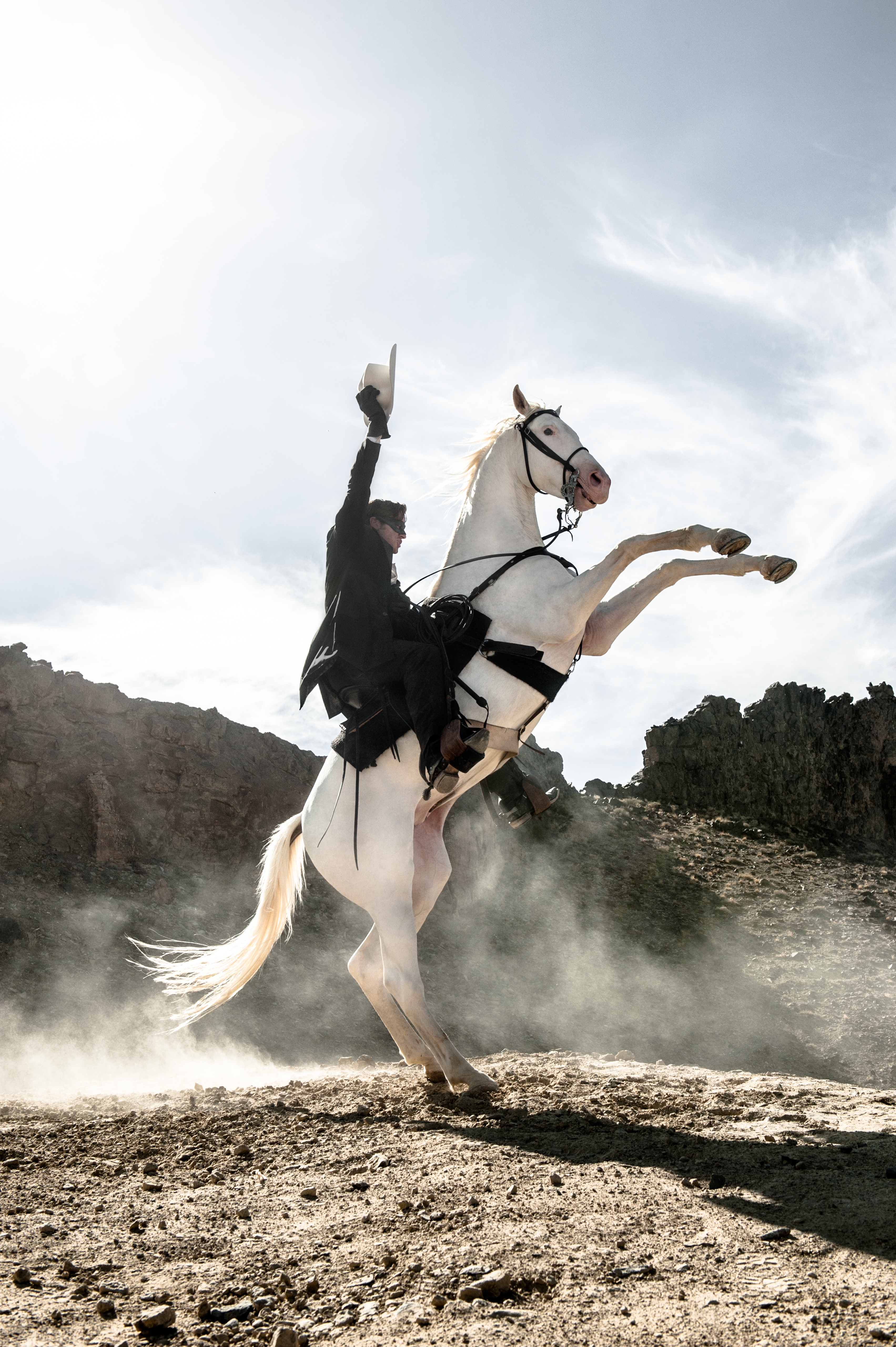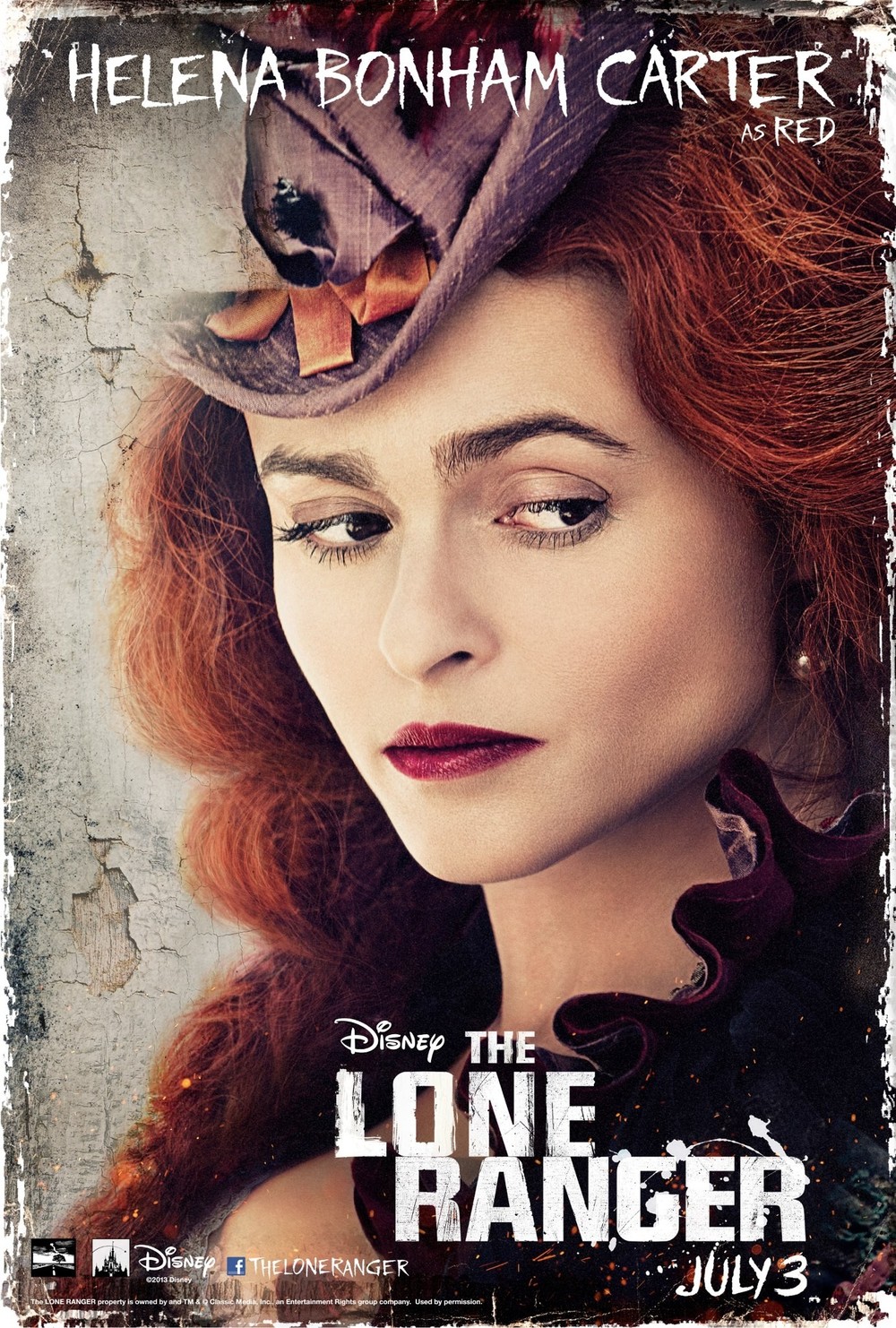
Yet that secret also leaked, to the point where Spilsbury, a bit miffed but still doing publicity, defended himself as he promoted the movie. So filmmakers enlisted another actor, James Keach, to dub Spilsbury’s voice. “When you see the Lone Ranger, you have expectations of a strong voice, and it was never strong enough,” Coblenz recalls. He was just frightened.”īy the time shooting ended, producers saw what they had was far short of the initial promise. He was just having a very tough time.” I don’t think it was malicious. I can’t say whether the whole idea of what he got into was more than he could handle. “Klinton was having his problems,” Coblenz recalls. “I said, ‘This faithful companion stuff is only in the movie.’ ”

Horse recalls one time when he got a call in the middle of one night, asking him to help out with Spilsbury, who had gotten into a fight. Not only was there the comparison to Moore, still trekking across the country in character, but Spilsbury got into some scuffles off set that were reported in the press. He initially had been reluctant to take the role, worried about stereotypes, but he talked to tribal elders and came to view it as a chance to “maybe do something” about Native American portrayals.īut neither Spilsbury nor the filmmakers knew what they were in for. He even took acting classes from Silverheels.
#Where was the lone ranger filmed tv
Michael Horse, an accomplished artist, was cast as Tonto, and brought with him a connection to “The Lone Ranger” of old: He was a friend of Jay Silverheels, who portrayed Tonto of the TV series. He was the son of a legendary football coach at Northern Arizona U. and seemed to not only have the presence to carry the role but an all-American pedigree. Spilsbury, chiseled and model-handsome, stood out in his screen tests, recounts Coblenz. They didn’t skimp on production costs, with location shoots in Santa Fe, N.M. for “Lone Ranger,” John Barry composed the score, and Jason Robards, Christopher Lloyd and Richard Farnsworth were cast in supporting roles. The controversy, however, did not keep the producers from assembling a topnotch team: William Fraker, the pic’s director, had helmed the classic Lee Marvin-Jack Palance starrer “Monte Walsh,” and was a famous cinematographer (though. But the producers also rejected an idea where he’d be the Lone Ranger, but hand off his mask to the next generation. “I intend to be the Lone Ranger for the rest of my life,” Moore told the New York Times.Īpparently set on the idea that he should star in the film, Moore rejected an idea of instead doing a cameo. It was a publicity bonanza - he did more than 100 interviews that built sympathy for him, particularly among the children of the ’50s who had their own children, a potential audience for the movie.

Rather than sulk at his San Fernando Valley home, Moore continued to travel the country, still in character but wearing a pair of wraparound sunglasses instead of the mask. But Moore was unwilling to surrender the role, and Wrather sued him, leading to a 1979 hearing in Los Angeles Superior Court in which a judge ordered the actor to remove the mask. Wrather, who had let Moore appear with the mask for years, saw problems ahead if they began to market a new Lone Ranger with Moore, at age 64, traipsing around America as the character. Other actors had played the character, but Clayton Moore, who had portrayed him on television, was most associated with the masked man, which Armie Hammer will play in Disney’s July 3 bigscreen incarnation. Yet even as they set out to find the lead among unknown actors, just as Ilya and Alexander Salkind did with Christopher Reeve in “Superman,” the creatives faced a problem that the makers of “Man of Steel” did not: There already was a Lone Ranger, touring the country, making personal appearances and determined to continue in that role. The success of the theatrical “Superman,” released in late 1978, only raised expectations that audiences would be interested in a character rooted in comics and serials of bygone generations. Jack Wrather, an oil millionaire and TV mogul who controlled “The Lone Ranger” rights, was intent on bringing the story to the bigscreen. It would be the 31-year-old actor’s first known credit. If the picture is remembered for anything, it is for the offscreen courtroom battle over who could wear the iconic mask, and the fate of the actor chosen to portray the new kemosabe (known as John Reid before he assumed his famous alter ego) - Klinton Spilsbury. “I can’t hide from it anymore,” quips Coblenz, whose credits otherwise include “All the President’s Men” and “The Candidate.”


 0 kommentar(er)
0 kommentar(er)
